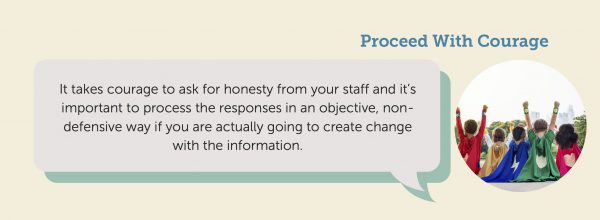If you’ve been reading CCI’s newsletter or recent Our Perspectives pieces, you may be aware that CCI recently went through a hiring spree, adding five new team members.
Thinking more about it, “spree” may be the wrong choice of words, suggesting this was rapid and spontaneous. In fact, it was just the opposite. Sticking to the old adage “hire slow, fire fast,” we took our time to make sure that we selected the best fit for each position from an amazing pool of candidates. As the new staff have come on board, it’s clear that it was worth the wait to assemble the right team that fit our culture. But it also got me thinking a bit about how we actually define CCI’s organizational culture. I’ve always thought that workplace culture was something that grew organically—essentially an amalgam of the attitudes and shared values of the people who make up the organization. Under this definition and with five new people on a 13-person team, I couldn’t help but wonder how such a significant infusion of new energy, personalities, perspectives and talent would influence our culture. Wouldn’t these new folks be defining the culture just as they are joining it? And how do we measure that effect … or should we even try?
But CCI’s first workforce program, Strengthening Clinics Through Aligned Leadership, cleared my skepticism. In partnership with Great Place To Work, a human resources research and culture consulting firm, the program helped organizations strengthen the employee experience and build a high-trust workplace. The cornerstone of this effort was the administration of a validated, proprietary Trust Index Survey. This tool goes way beyond a typical employee satisfaction survey and benchmarks this squishy thing called “organizational culture.” It measures several key dimensions including respect, fairness, credibility, camaraderie, and pride – all factors that create a trusting work environment.
One initially skeptical program participant, who echoed many of my own doubts about measuring culture, reported back that the program interventions helped demystify organizational culture. In fact, it helped the participant understand that there are actually quantifiable variables, such as meaningful conversations or decision-making transparency, that can help leaders gauge their culture and develop specific interventions to change it in a positive way.
Several other participants mentioned the survey gave them a deep-level of insights about their workplaces because of the ability to slice the data by influential characteristics, such as tenure, location, department, and even commute distance, in addition to common demographic variables, such as race, age, and gender. The sheer volume of data was overwhelming for a few. But for those with a well-established data-driven culture, having access to such granular employee perception data was exciting and empowering.
In all cases, leadership teams couldn’t help but have emotional reactions to the survey results. Turns out, it takes a lot of courage to ask for honest feedback from your staff and an objective resolve to look at those responses in a non-defensive way.
Clearly, I was wrong in assuming that culture cannot be measured, and for leaders and organizations that attempt to do so, my hat’s off to you. While our mighty team at CCI is definitely growing, we’re probably still too small for something like the full version of the Trust Index Survey. Nonetheless, there are important lessons to be learned if you tackle workplace engagement with an open mind, courage, and empathy.
Find this useful or interesting? We’re constantly sharing stuff like this. Sign up to receive our newsletter to stay in the loop.




